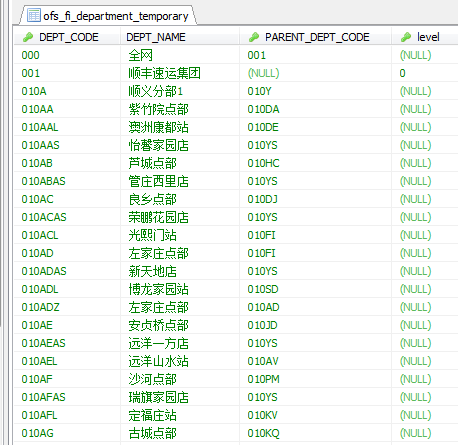SQL HOME SQL Intro SQL Syntax SQL Select SQL Select Distinct SQL Where SQL An Or, Not SQL Order By SQL Insert Into SQL Null Values SQL Update SQL Delete SQL Select Top SQL Min and Max SQL Count, Avg, Sum SQL Like SQL Wildcards SQL In SQL Between SQL Aliases SQL Joins SQL Inner Join SQL Left Join SQL Right Join SQL Full Join SQL Self Join SQL. The value is returned in ‘YYYY-MM-DD HH:MM:SS’ or YYYYMMDDHHMMSS format, depending on whether the function is used in a string or numeric context. This function is similar to NOW() but with a subtle difference. What difference between NOW(), SYSDATE(), CURRENT_DATE() in MySQL and where it can be used in real scenario.

SYSDATE () returns the time at which it executes. What is the common sql for sysdate. Description of the illustration sysdate. The datatype of the returned value is DATE, and the format returned depends on the value of the NLS_DATE_FORMAT initialization parameter. This section describes the functions that can be used to manipulate temporal values.
Date and Time Types”, for a description of the range of values each date and time type has and the valid formats in which values may be specified. APPLIES TO: SQL Server Azure SQL Database Azure Synapse Analytics ( SQL DW) Parallel Data Warehouse. Returns a datetime2(7) value that contains the date and time of the computer on which the instance of SQL Server is running. The below shown query will show. It’s a quick and easy SQL function for finding the current date, or current date and time.
The data type of the returned value is DATE, and the format returned depends on the value of the NLS_DATE_FORMAT initialization parameter. The function requires no arguments. The format of the DATE output depends on the value of NLS_DATE_FORMAT initialization parameter. I need to use sysdate in both Oracle and SQL Server, but SQL Server has a GETDATE() function instead.
Seven days back from now. One hour back from now. Three Hours back from now. For more information, see – sysdate -is-now on the MySQL documentation website. MySQL SUBTIME() subtracts one datetime value from another.
TIME_FORMAT() MySQL TIME_FORMAT() converts a time in a formatted string using the format specifiers. Nearly every database engine will have a function that returns the current date. In Oracle, TRUNC function, when applied for a datetime value, truncates it to the specified part (to day, by default). In MySQL , you can use DATE or DATE_FORMAT functions. Using MySQL NOW() function to provide the default value for a column.
You can use the NOW() function to provide a default value for a DATETIME or TIMESTAMP column. When you omit the date or time value in the INSERT statement, MySQL inserts the current date and time into the column whose default value is NOW(). For each table used in SQL query, insert a table script in input field 2. At the end of each script write a char ; - it is a separator 3. Do NOT use a SCHEMA names. How do you format sysdate ? But the output of both of them depends upon the execution time.
This creates the big difference between them. NOW() function returns a steady time that indicates the time at which the particular statement began to execute. RE: sysdate or curdate as default date in mysql View as plain text If what you are looking for is the current date to be used as date of creation, then remain unchange you will have to specify sysdate as a value during an insert.
Wow, that title is a mouthful. See here for hate math manipulation with SQL SYSDATE. Thankx for the reply Egorov,Hillyer and Neil. Timestamp has solved my purpose. Actually we are porting an application from oracle to mysql.
In Oracle there were some tables which were using sysdate as default date, therefore we wanted something similar functionality, as it was very difficult to make changes in code of such a large application According to Neil my question was little ambiguous. You can, however, avoid using TRUNC or any other function on in_date, so the optimizer is free to use an index on in_date. Learn all about the Oracle ADD_MONTHS function for adding months to a date, along with some SQL code examples of the function in action, in this article.
Best Practices and Lessons Learned from Writing Awesome Java and SQL Code.
Geen opmerkingen:
Een reactie posten
Opmerking: Alleen leden van deze blog kunnen een reactie posten.